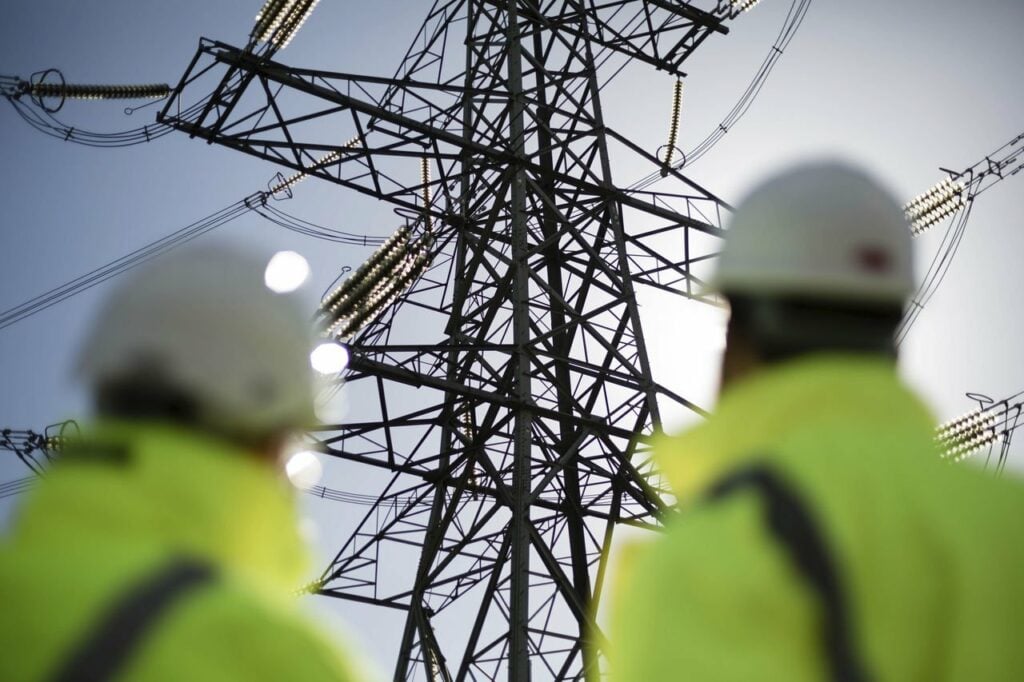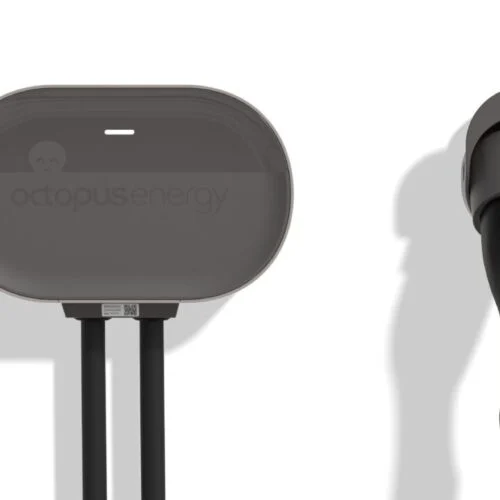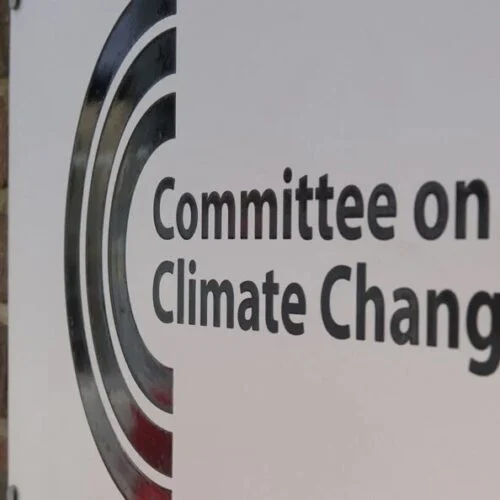National Grid ESO is aiming to tackle connection management via a newly announced initiative.
The new approach will aim to remove stalled projects from the transmission entry capacity (TEC) register to allow new projects to be connected to the national electricity transmission network quicker.
Connectivity to the electricity transmission network has been a big stumbling block for many new renewable projects being developed with many citing extended delays to get projects up and fully operational.
This is something that desperately needs resolving as the UK transitions to a net zero energy system. Earlier this month, a new update from National Grid Electricity Transmission (NGET) said the number of grid connection applications had quadrupled in the past four years.
The prospective initiative launched by ESO will hope to rectify this and allow renewable projects to be quickly added.
The initiative will offer those on the register, whose projects are unlikely to reach delivery, to leave the register at no cost or at a reduced fee from 1 October to 30 November 2022. This could help facilitate new projects with a greater likelihood of being accepted, to be fast-tracked onto the transmission network and be operational much faster.
“We’re here to help build a system of the future that is clean, reliable and fair. We realise that to deliver net zero, we need to free up space on the connections register so that new low carbon projects can connect much more quickly,” said Julian Leslie, ESO head of networks, National Grid ESO.
“This new initiative will help to address issues developers have faced in securing connections and will save consumers money by streamlining the use of our existing network and reducing the need for additional infrastructure, which can take time and significant investment to deliver.”
Reducing the number of projects on the TEC Register will also provide the ESO with a clearer view of future capacity requirements for the network and will speed up the connections process for projects needed to reach 2030 and 2035 government targets.
ESO has also raised the need to implement more effective queue management (QM) arrangements. For this, ESO has raised a code modification, CMP 376, to formally introduce QM arrangements. This is subject to approval.
The QM will allow projects that are ready to connect to do so ahead of customer projects that have applied earlier but are not ready or able to progress – something that has been under scrutiny from the energy sector.
QM will also introduce contractual milestones that customers must meet to retain their place in the connection queue, which will benefit everyone.
Queue management mechanics had been explored by The Energy Networks Association, as part of its Open Networks Project, in 2019. Here a number of new proposals within a consultation on application interactivity and connection queue management outlined plans to make it easier for more flexible energy projects to connect to the grid.
It included plans to “modernise” the connections queue and standardise processes across all networks and allow applications to be fast-tracked or moved down based on network needs and capacity.
Earlier this year, Ofgem also aimed to support new connections by reducing the overall connection charge for those connecting to the distribution network. This had been published in its final decision on the Access and Forward-Looking Charges Significant Code Review (Access SCR).
In this review, the regulator concluded that charging arrangements no longer provide an effective signal for network users and that without change, they may slow down the rollout of low carbon technologies (LCTs) across the system. This is similar to the perspective of ESO whose measures aim to increase connectivity of low-carbon technologies.






